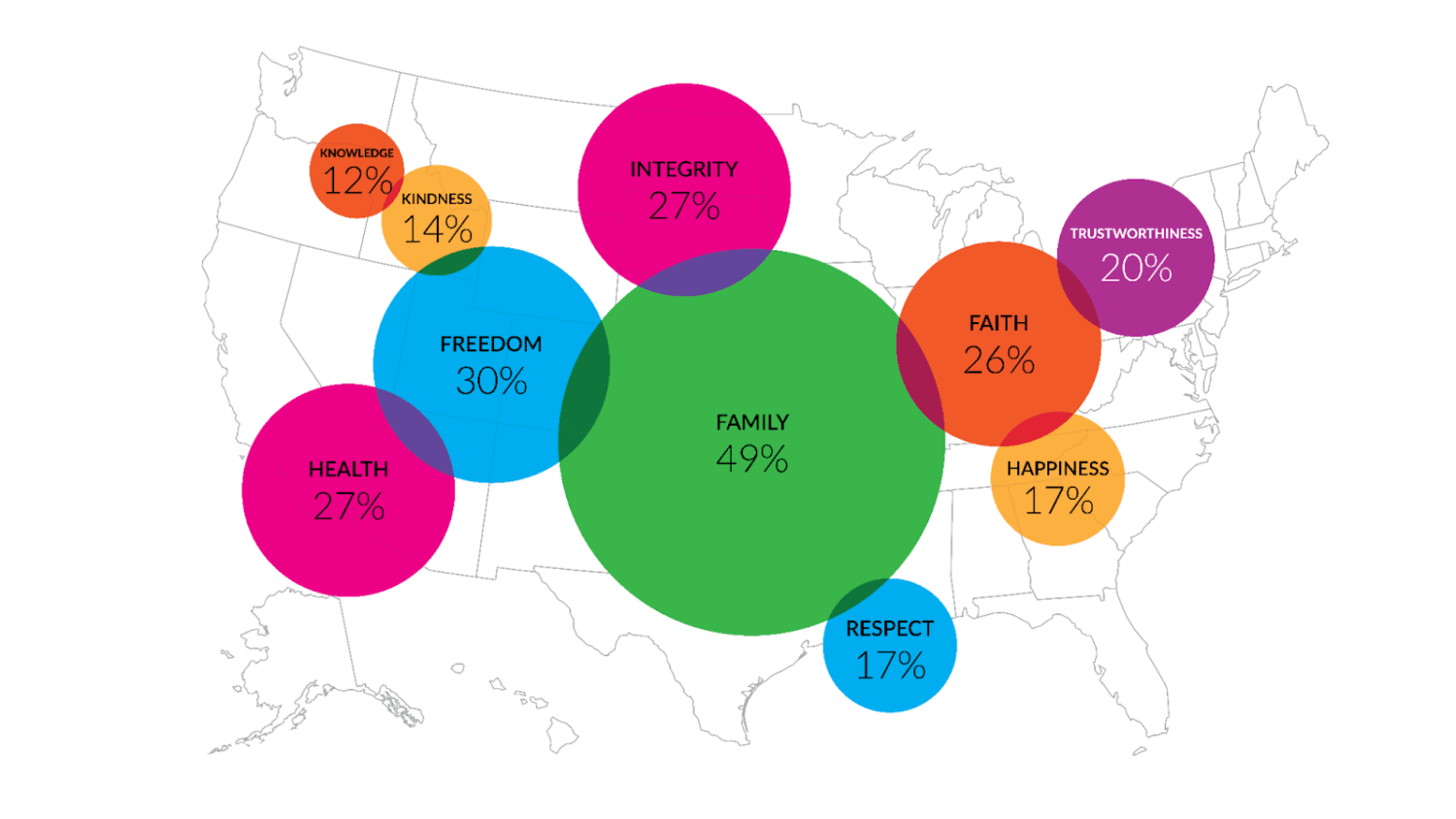NBC News and MSNBC return as the exclusive media partner of the 2020 Aspen Security Forum
Contact: Jon Purves
Senior Media Relations Manager
The Aspen Institute
Jon.Purves@aspeninstitute.org
Washington, DC, July 30, 2020 –
– Leading journalists, anchors, and reporters from NBC News and MSNBC will drive discussion throughout the 2020 Aspen Security Forum, the Aspen Strategy Group (ASG) announced today. The Forum will take place as a free-to-access digital event from August 4-6, with NBC News and MSNBC returning as exclusive media partners for the fourth consecutive year.
Moderating NBC News and MSNBC journalists include:
- Andrea Mitchell, NBC News Chief Foreign Affairs Correspondent and Host of Andrea Mitchell Reports on MSNBC
- Kristen Welker, NBC News White House Correspondent
- Carol Lee, NBC News Correspondent
- Courtney Kube, NBC News Pentagon Correspondent
In addition to registering to watch the Forum online, viewers will also be able to watch select conversations broadcast live on NBC News and MSNBC, and online at www.msnbc.com.
“We are delighted to work closely with our media partner NBC News and MSNBC on this year’s Aspen Security Forum. This year’s line-up of speakers features the most distinguished group of international leaders we have ever hosted,” said Nicholas Burns, Executive Director of the Aspen Strategy Group.
ASG also today announced the addition of U.S. Secretary of Defense Mark Esper to the agenda. He will share the current view from the Pentagon in an interview with Bridgewater Associates CEO David McCormick on Wednesday, August 5 from 1:30-2:30pm ET.
The Aspen Security Forum features world leaders, Trump administration officials, business leaders, and prominent journalists addressing critical questions about national security and foreign policy. The agenda and key speakers were announced on Friday, July 24. Confirmed speakers include:
- Mark Esper, U.S. Secretary of Defense
- Scott Morrison, Prime Minister of Australia
- Kyriakos Mitsotakis, Prime Minister of Greece
- Robert O’Brien, Assistant to the President for National Security Affairs
- Paulo Guedes, Minister of the Economy of Brazil
- Vivian Balakrishnan, Foreign Minister of Singapore
- Keisha Lance Bottoms, Mayor of Atlanta
- Brian Hook, U.S. Special Representative for Iran and Senior Advisor to the Secretary
- Kelly Craft, Ambassador of the U.S. to the United Nations
- Tony Blinken, former Deputy Secretary of State
- Lawrence H. Summers, President Emeritus, Harvard University
- Laurie Garrett, Author, The Coming Plague
- John Bolton, former Assistant to the President for National Security Affairs
- Tom Donilon, former U.S. National Security Advisor
- Michèle Flournoy, former Under Secretary of Defense for Policy
- Mark Warner, Ranking Member, Senate Select Committee on Intelligence
- Wes Moore, CEO, Robin Hood Foundation
- Wendy Sherman, Director, Center for Public Leadership at the Harvard Kennedy School and former Under Secretary of State for Political Affairs
- Francis Suarez, Mayor of Miami
- Steve Hadley, former Assistant to the President for National Security Affairs
- Kathleen Hicks, Senior Vice President; Henry A. Kissinger Chair; Director, International Security Program, CSIS
- Mitch Landrieu, former Mayor of New Orleans
- Mira Rapp-Hooper, Stephen A. Schwarzman Senior Fellow for Asia Studies, the Council on Foreign Relations
- Laura Rosenberger, Director, Alliance for Security Democracy, the German Marshall Fund of the United States
- Shivshankar Menon, Former NSA to the Prime Minister of India
- Julianne Smith, former Deputy National Security Advisor to Vice President Joe Biden
- Christian Brose, Chief Strategy Officer, Anduril Industries
- Renee DiResta, Research Manager, Stanford Internet Observatory
- Mike Brown, Director, Defense Innovation Unit
- Joseph Nye, Harvard University Distinguished Service Professor Emeritus
- Condoleezza Rice, former Secretary of State
- Nicholas Burns, Harvard Professor and Executive Director, the Aspen Strategy Group
- Anja Manuel, Co-founder and partner, Rice, Hadley, Gates, & Manuel and Director, the Aspen Strategy Group
The agenda, which is subject to change, is available at www.aspensecurity2020.com/attend. Topics to be addressed include America’s network of global alliances; technology and cybersecurity; democracy in an election year; U.S. domestic leaders on the frontlines of crisis; defense innovation; and conversations with world leaders including the Prime Ministers of Australia and Greece.
All programming will broadcast live on Zoom, with conversations running throughout each day from 8:30am ET up to 7:30pm ET. Attendees will have opportunity to ask speakers questions during the live broadcast, and all conversations will be available to watch afterwards on the Aspen Institute’s YouTube page. Join the conversation on social media with #AspenSecurity and Follow the Forum on Twitter @AspenSecurity.
Editor’s Note: Press interested in covering the Aspen Security Forum can register to attend and learn more about the format here: www.aspensecurity2020.com/attend. If you have questions or would like to broadcast footage from the Forum, please contact Jon Purves: Jon.Purves@aspeninstitute.org.
The Aspen Strategy Group provides a non-partisan forum to explore the pre-eminent national security and foreign policy challenges facing the nation. Its cross-disciplinary and high-level examination of policy strategies to address emerging topics makes it a crucial resource for the American and global policy communities.
The Aspen Institute is a global nonprofit organization committed to realizing a free, just, and equitable society. Founded in 1949, the Institute drives change through dialogue, leadership, and action to help solve the most important challenges facing the United States and the world. Headquartered in Washington, DC, the Institute has a campus in Aspen, Colorado, and an international network of partners. For more information, visit www.aspeninstitute.org.
###
As a 501(c)(3) nonprofit organization, the Aspen Institute is nonpartisan and does not endorse, support, or oppose political candidates or parties. Further, the views and opinions of our guests and speakers do not necessarily reflect those of the Aspen Institute.






